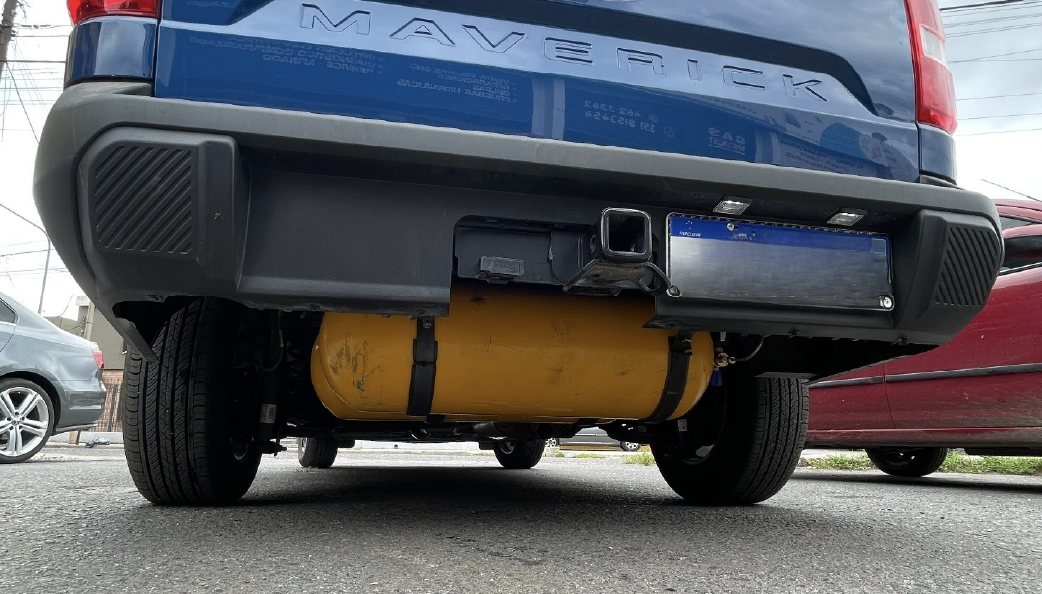The tire business in Latin America is undergoing a rapid transformation. Today, more and more distributors, brands, and end consumers are buying tires through digital channels. The combination of an aging vehicle fleet, growing demand for replacement parts, and the digitalization of the aftermarket has turned e-commerce into a key sales channel for this segment.
According to Expert Market Research (EMR), the global tire market is projected to reach USD 578.57 billion by 2032, driven in part by the demand for replacement parts for older vehicles. In Latin America, the trend is already evident: “The aging fleet is generating increasing demand for tires through online channels”, states Allied Market Research, which forecasts a compound annual growth of 3.3% in the region through 2027.
From the counter to the click: digital tire purchases are on the rise
More and more workshops, distributors, and auto parts retailers are incorporating online tire purchases into their daily operations. Specialized platforms, marketplaces, and solutions like Alephee allow sector players to automate pricing, update inventory in real time, and manage orders more efficiently.
“Today, we can check stock from multiple brands in real time and buy tires directly from the shop’s computer. It allows us to offer more options to our customers and reduce delivery times”, explains Lucas Méndez, owner of a repair shop in Córdoba.
Key drivers of this transformation
The rise of e-commerce in tire sales isn’t coincidental. Several factors are driving the shift:
-
Real-time updates: digital systems allow for automatic updates of prices and inventory, reducing errors and preventing stockouts.
-
Digital catalogs: manufacturers are digitizing tire catalogs, making it easier for distributors and shops to find the best option and check immediate availability.
-
Expanded reach: online sales allow distributors to serve areas that were previously unprofitable to cover with a physical network.
-
User experience: buyers (shops or end consumers) enjoy more options, more information, and better comparison tools. Buying tires online is no longer a complex task it’s part of the industry’s daily routine.
Real cases and challenges to address
Tire manufacturers in Brazil, Mexico, and Argentina are already developing direct-to-consumer online sales strategies, either through marketplaces or partnerships with digitalized distributors. Some wholesale distributors have fully automated their operations: pricing and inventory sync in real time with online platforms, enabling rapid adjustments and competitive advantage.
However, challenges remain:
-
Logistics: tires require specific logistical solutions due to their size and volume. Fast, damage-free delivery is key to maintaining customer satisfaction.
-
Stock management: forecasting demand is still a major hurdle.
-
Price competition: online channels are highly transparent. Manufacturers and distributors must manage pricing strategies carefully to remain competitive and profitable.
Impact on repair shops and end buyers
Digitizing the tire purchasing process brings a major shift:
-
Time is saved by checking prices and availability online.
-
Access to wider catalogs with more brands and models.
-
Less dependency on local distributors.
“We used to spend hours calling around to find tires in stock. Now we sort everything out in 10 minutes using the system,” says Pablo Rodríguez, purchasing manager at a shop in Mendoza.
End consumers also benefit: more and more brands allow users to buy tires directly from home or schedule installation at their preferred workshop all with just a few clicks.
A market accelerating its digital transformation
The outlook is clear: online tire sales are booming in Latin America. The digital channel is now essential for manufacturers, distributors, and repair shops alike. Those who embrace digital processes automating prices, catalogs, and inventory will be best positioned to take advantage of a fast-growing market.












